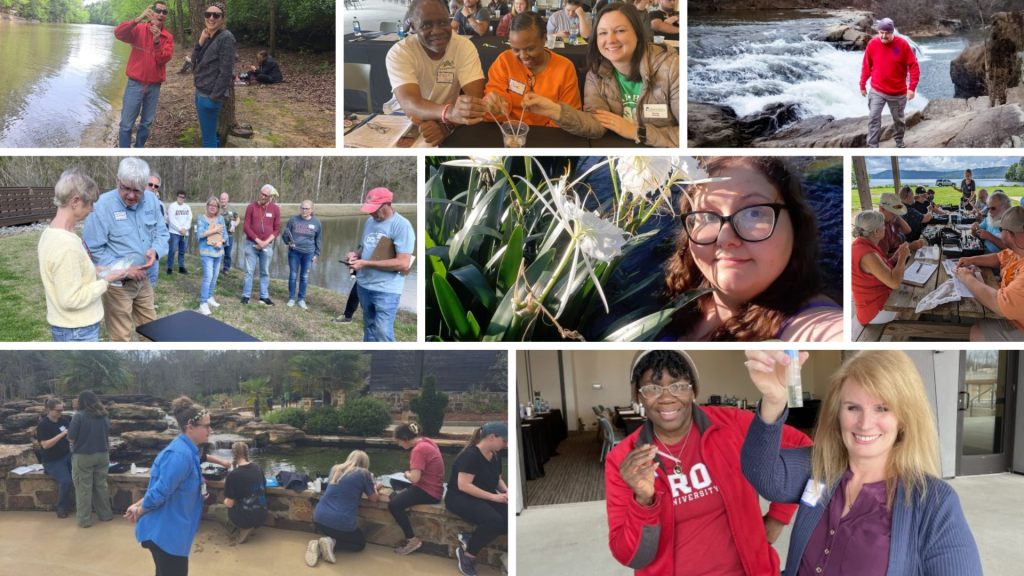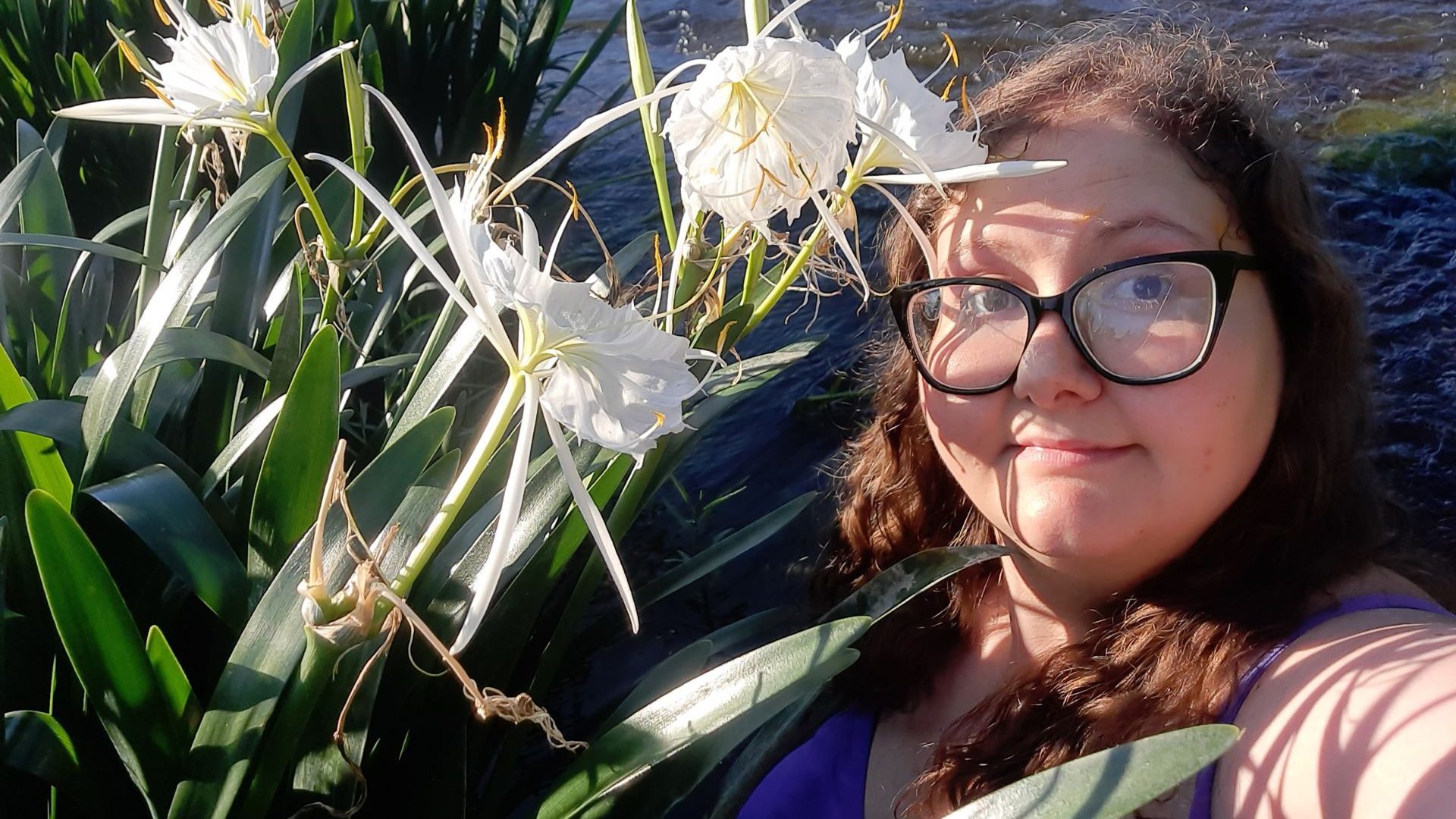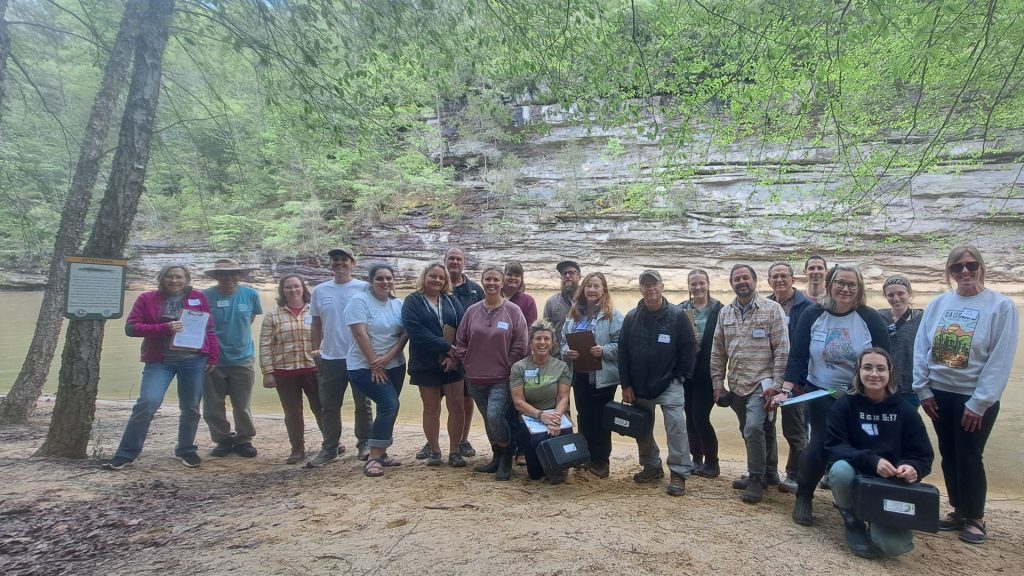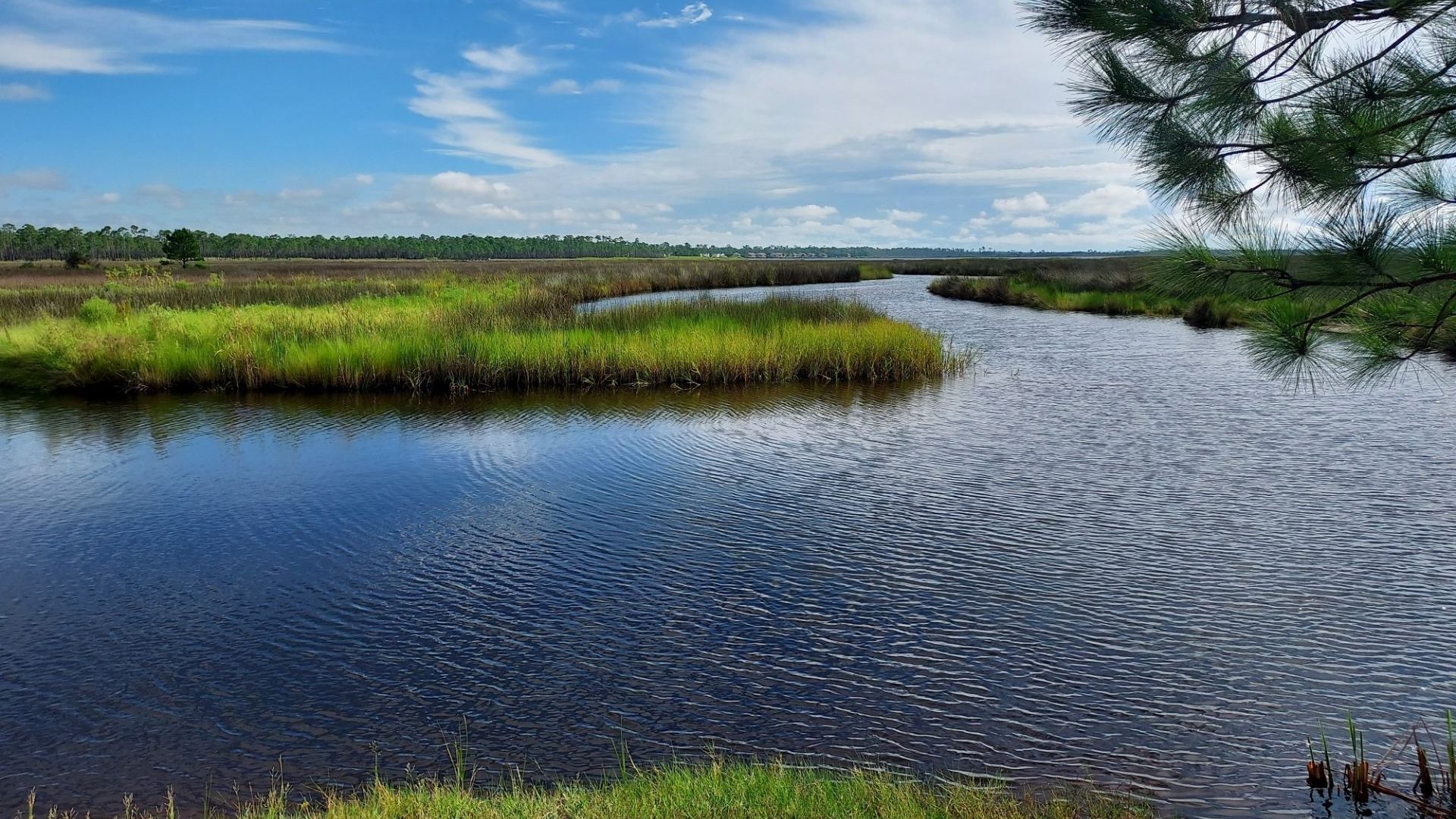
Purchase Alabama Water Watch t-shirts, hats, stickers, and posters from the AWW Swag Shop!
Continue reading “2024 AWW Spring Swag Sale!”
The Official Blog of Alabama Water Watch

Purchase Alabama Water Watch t-shirts, hats, stickers, and posters from the AWW Swag Shop!
Continue reading “2024 AWW Spring Swag Sale!”
Join us for the 2024 Alabama Water Watch Annual Meeting on Saturday, June 8 at the Kreher Preserve and Nature Center in Auburn, AL! Please refer to this page for details and updates.
Continue reading “2024 Alabama Water Watch Annual Meeting”WE ARE CURRENTLY RECEIVING APPLICATIONS FOR THE AWW TIGER GIVING PROJECT MINI-GRANT PROGRAM!!
2024 Application: https://auburn.qualtrics.com/jfe/form/SV_daIXmygs0Vctd4O
If you are a certified AWW monitor and need some help to get started monitoring at an orphaned site or a new site, in the form of a water chemistry test kit, water chemistry reagents to refill an existing kit, or bacteria supplies, this mini-grant program is for you!
Please note: Funding is limited and demands are high for monitoring supplies among our volunteers. Please, only request materials if you are serious about your plans to monitor.
 Continue reading “AWW Tiger Giving Project, Protect Alabama Waterways, Mini-grant Program”
Continue reading “AWW Tiger Giving Project, Protect Alabama Waterways, Mini-grant Program”
April 22-26, 2024 is Volunteer Appreciation Week, but we love to show appreciation for our volunteers all year long! Throughout the year, we will continue to gather stories from our Volunteers statewide, and share their insights with you.

By Jera Dills
Kyle Azevedo is a Volunteer Monitor on Alabama’s Coast. Read more about Kyle in his interview below!

By Jera Dills
Gabby Dunham is a Volunteer Monitor in the Auburn area. Read more about Gabby in her interview below!

By Jera Dills
Dee is a Volunteer Monitor in the Guntersville Lake area. Read more about Dee in her interview below!
Its always a treat to be at the Wonderful, Wonderful Camp McDowell!
Sergio, Carolina, and Sydney headed back up to the beautiful Camp McDowell for a monitoring training part of the US Forest Service and Wild Alabama sponsored project to support monitoring on the National Forests of Alabama (NFALs).

Special thanks to Andrew Shea with Camp McDowell Staff for coordinating our workshop location, and for making coffee!
Continue reading “Bankhead National Forest Training Recap”AWW Program Staffers Mona and Sydney, along with former AWW Director Dr. Bill Deutsch, had a great few days learning and exploring at the 2024 Environmental Education Association of Alabama Conference at Camp McDowell in Nauvoo, AL in mid-February.
The EEAA Conference is always a wonderful opportunity to get to know other environmental educators from all parts of Alabama. Educators who attend are classroom teachers, environmental center instructors, seasonal staff, Extension staff, volunteer organizations, and more.
Continue reading “AWW @ EEAA 2024”AWW at the 2024 Alabama Water Rally
By Sergio RuizCordova
Every March for the past 26 years, the Alabama Rivers Alliance holds the Alabama Water Rally to recognize and celebrate notable organizations and individuals who have made outstanding contributions toward protecting clean water and healthy rivers in Alabama.
AWW has been part of many of those events, conducting water monitoring certification training and celebrating the recognition of the River Heroes and other award winners who may also be AWW monitors. This year, as many others in the past, the Rally was held at the beautiful and unique Camp McDowell at the edge of the Bankhead National Forest in Winston County, Alabama.
Continue reading “AWW at the 2024 Alabama Water Rally “
The message for World Water Day 2024 is “Water for Peace.” Every year, World Water Day, coordinated by United Nations-Water, raises awareness and inspires action by providing information and tools individuals can use to help tackle the ever-growing global water and sanitation crisis.
Continue reading “2024 World Water Day: Water for Peace”